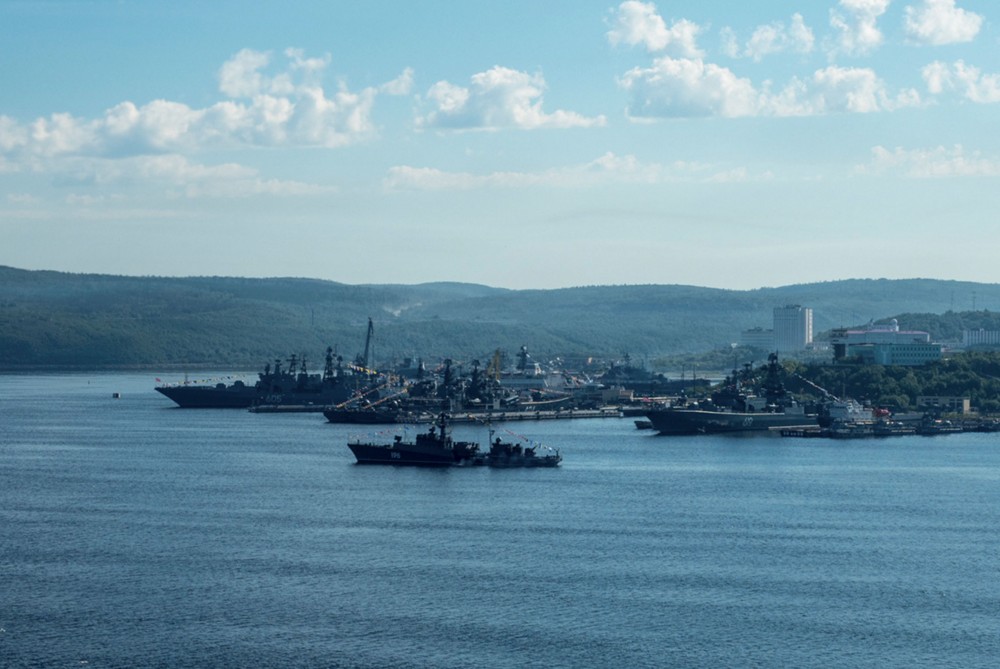The response delivered from DreamHost to the Justice Department is 60 pages and found here.
What is this Justice Department and Judge thinking? Of note, Jeff Sessions was not sworn in as Attorney General until February 9th. The warrant was signed off by John W, Borchert who was assigned to the Criminal Division’s Fraud Division.
The Electronic Frontier Foundation is aiding DreamHost as noted in this extensive blog post.
DreamHost is fighting DoJ request for 1.3M IP addresses of visitors to anti-Trump protest site
Web hosting service DreamHost is fighting a Department of Justice demand to scoop up all the IP addresses of visitors to an anti-Trump website. The website in question, disruptj20.org, organized participants of political protests against the current U.S. administration.
Blogging about its objections to the warrant yesterday, DreamHost’s general counsel describes it as “a highly untargeted demand that chills free association and the right of free speech afforded by the Constitution”.
DreamHost says it has not been able to see the affidavit pertaining to the warrant as those records are sealed. The search warrant can be found here.
In the warrant the DoJ demands that DreamHost hand over 1.3 million visitor IP addresses to the disruptj20.org website, along with contact information, email content, and photos of thousands of people.
“That information could be used to identify any individuals who used this site to exercise and express political speech protected under the Constitution’s First Amendment. That should be enough to set alarm bells off in anyone’s mind,” argues DreamHost.
“This is, in our opinion, a strong example of investigatory overreach and a clear abuse of government authority.”
The latest developments in what has been a months-long disagreement already, are that DreamHost has now filed arguments in opposition of the DoJ demand.
Its counsel will be attending a court hearing on the matter on August 18 in Washington, D.C.
DreamHost initially challenged the government to narrow the scope of the warrant but says instead the DoJ filed a motion in the Washington, D.C. Superior Court asking for an order to compel it to produce the records.
Also blogging about the issue yesterday, the Electronic Frontier Foundation accuses D.C. prosecutors of using “unconstitutional methods” to pursue their investigation into the J20 protests, aka the day President Trump was inaugurated.
“In just one example of the staggering overbreadth of the search warrant, it would require DreamHost to turn over the IP logs of all visitors to the [disruptj20.org] site. Millions of visitors — activists, reporters, or you (if you clicked on the link) — would have records of their visits turned over to the government. The warrant also sought production of all emails associated with the account and unpublished content, like draft blog posts and photos,” the EFF writes.
“No plausible explanation exists for a search warrant of this breadth, other than to cast a digital dragnet as broadly as possible. But the Fourth Amendment was designed to prohibit fishing expeditions like this. Those concerns are especially relevant here, where DOJ is investigating a website that served as a hub for the planning and exercise of First Amendment-protected activities.”



 For a comprehensive timeline and names,
For a comprehensive timeline and names,  Ships set out from Northern Fleet headquarters in Severomorsk. Photo: mil.ru
Ships set out from Northern Fleet headquarters in Severomorsk. Photo: mil.ru
